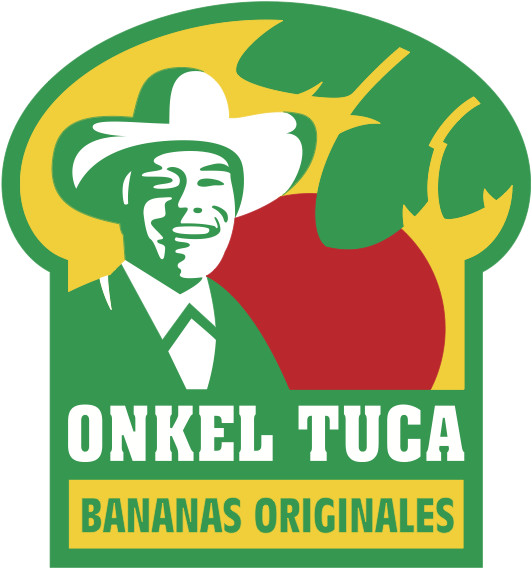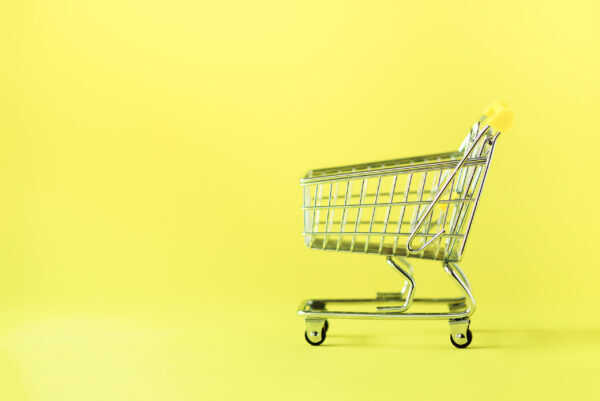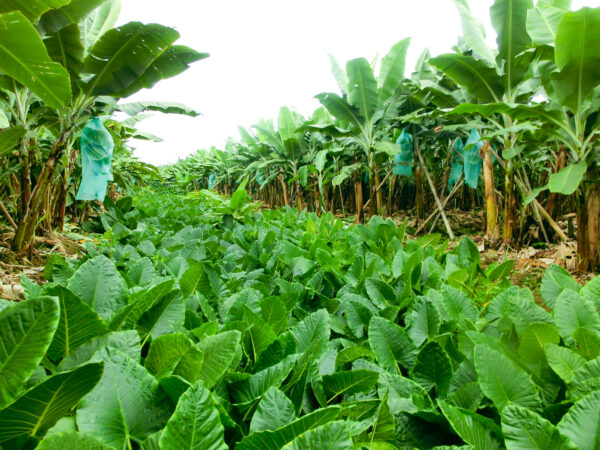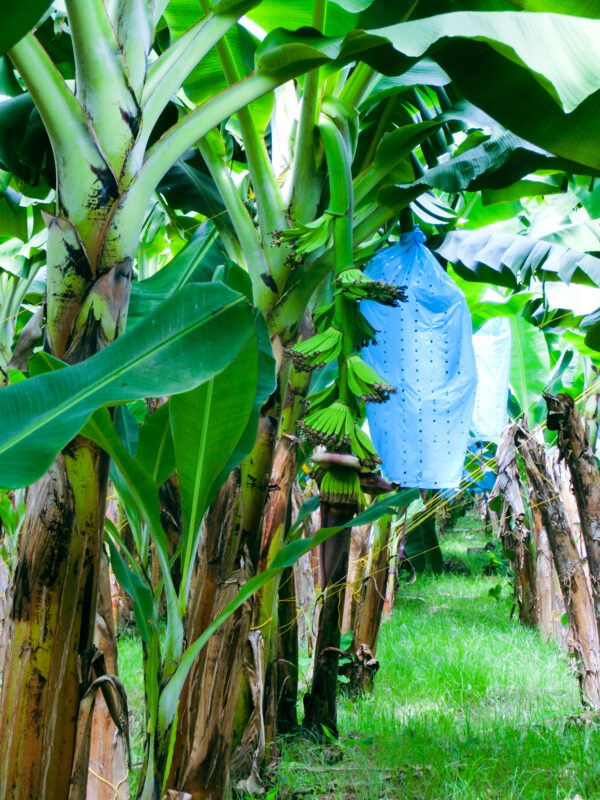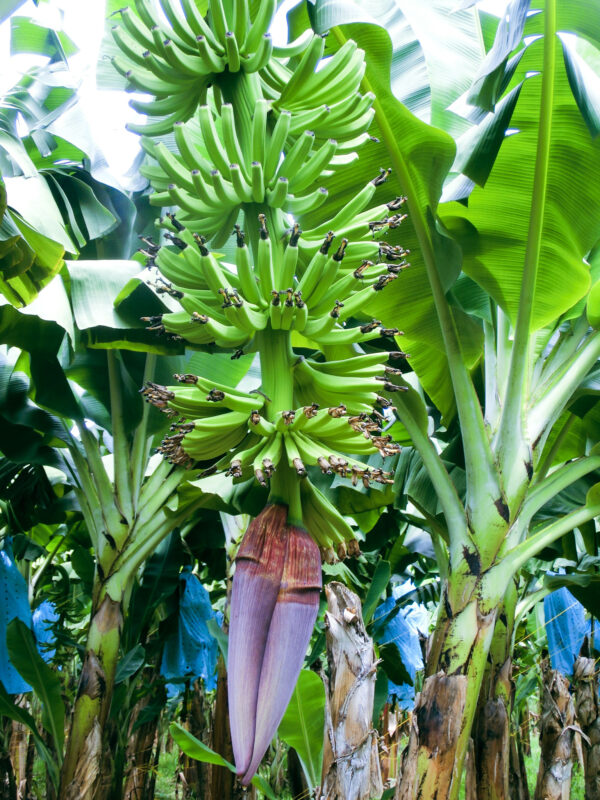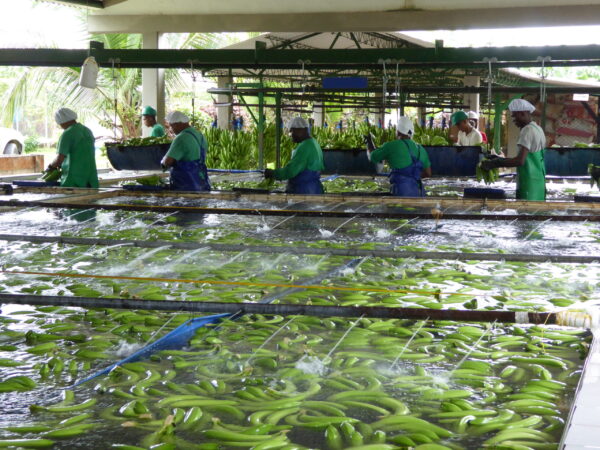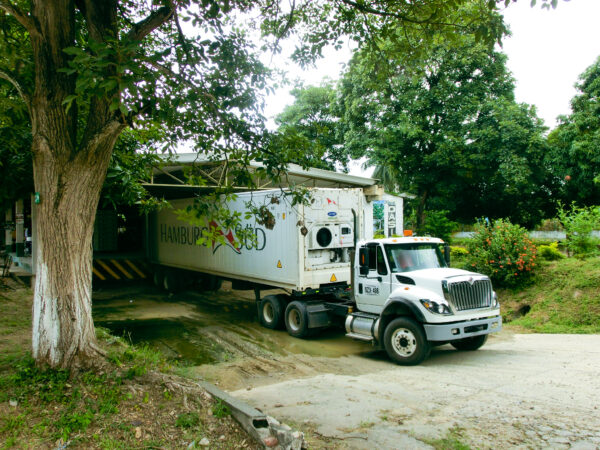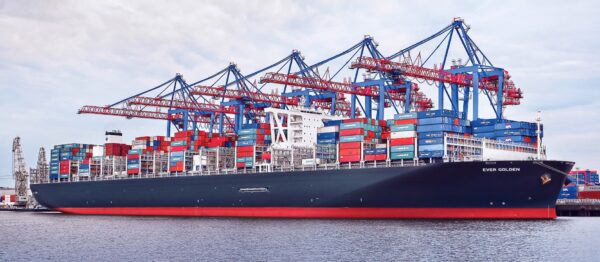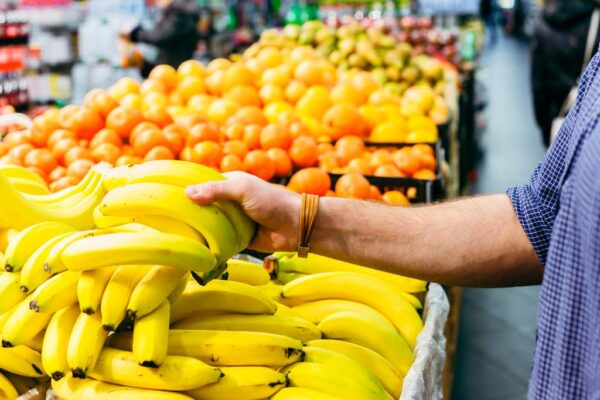FRESH. EXPERIENCED. SUSTAINABLE.

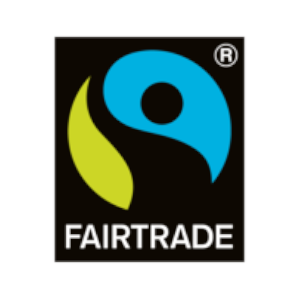
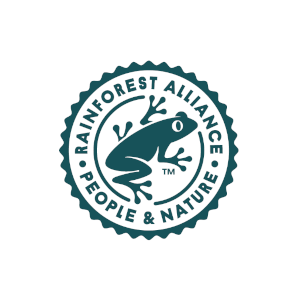
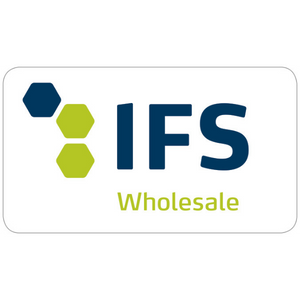

WELCOME TO OUR WEBSITE
We supply Europe with fresh bananas – we have been passionately doing this for more than 100 years.
We operate internationally, partner with local producers and focus on ensuring efficient logistics and a permanent supply year-round.
Quality.
We import bananas to Europe several times on a weekly basis. We do this by complying with the highest quality standards in the market.
Modern and agile.
Our focus is to remain modern, agile, and always up to date. Our success recipe is having the perfect balance between a future-oriented vision and the preservation of our traditional values.
Strong network.
Our strong network allows us to collaborate with long-standing partners in a sustainable and efficient manner.
Continuous supply of goods.
In this way, we can guarantee a continuous and punctual supply of goods for our customers and assure the high quality of our products.
Competent.
Our competent team goes the extra mile for our customers and partners. This (together with the high quality of our bananas) has earned us the trust of the industry and a high reputation for already many decades.
TRADITION. CHANGE. FUTURE.
OVER 100 YEARS OF BANANA IMPORT
A lot has happened since our foundation in 1912. But a few key things have remained the same: Our headquarters are still in Hamburg and the quality of our products is still unsurpassed. Our bananas remain simply delicious, fresh, and healthy.
The history of the Afrikanische Frucht-Compagnie GmbH begins in 1912 with its foundation in Hamburg. During these first years, everything revolves around the cultivation, import and sale of tropical products. From the beginning, the focus is on a specific fruit – the banana. The most important product back then was the fig banana, which was sold dried in Germany.
Bananas are grown on ca. 3,000 hectares in Cameroon. Approximately 240,000 bunches are processed into fig bananas and the remaining 570,000 are imported as fresh bananas. The banana business booms, and the Afrikanische Frucht-Compagnie GmbH becomes one of the main players in the industry. As a result, several of our own refrigerated vessels were built until 1936.

Bananas are no longer shipped in whole bunches, but in boxes, and now come from Central and South America. From the mid-60s, the previously consumed banana variety Gros Michael can no longer be planted due to the Panama disease. Other banana varieties begin gaining recognition. The extremely pressure-sensitive Cavendish variety starts becoming popular – a solution needed to be found to transport these bananas without damaging the fruit. Carton boxes were the answer! Product quality is significantly increased by this revolutionary way of shipping.
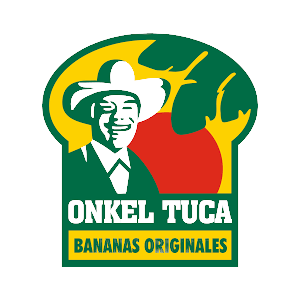
A face that is familiar to many today in Germany makes its first appearance: the Afrikanische Frucht-Compagnie GmbH establishes the Onkel Tuca brand. From this point onwards, the banana brand becomes popular throughout the country. Particularly in northern and eastern Germany, it becomes the undisputed market leader.
More than 25 years later, there are further innovations. The quality remains the same, but the brand gets a new look. The Onkel Tuca logo becomes more colorful, and the new design is modern. The relaunch of the brand is a great success and is well received by consumers.
New topics are increasingly gaining significance: How sustainable is the banana? What can we do to protect the environment and its natural resources? How can producers worldwide be supported in the long term?
These topics concern us, we want to shape the future.
That is why, for instance, we only work with "Rainforest Alliance" or "Fairtrade" certified partners and are also certified ourselves as a "Fairtrade" organization.
YELLOW. HEALTHY. AND DELICIOUS.
The yellow fruit is without a doubt one of the most popular fruits worldwide. Nowadays, we enjoy bananas in all forms and variations. We eat them cooked, baked, grilled or as ice cream. We drink them in juices, milkshakes, or smoothies. Bananas are versatile, healthy and above all: delicious!
Would you like to learn more about sustainability? Then click on the button here and read on.
PLEASE DO NOT HESITATE TO CONTACT US.
Are you interested in working with us or would you like to find out more about our products? Then feel free to contact us anytime.
